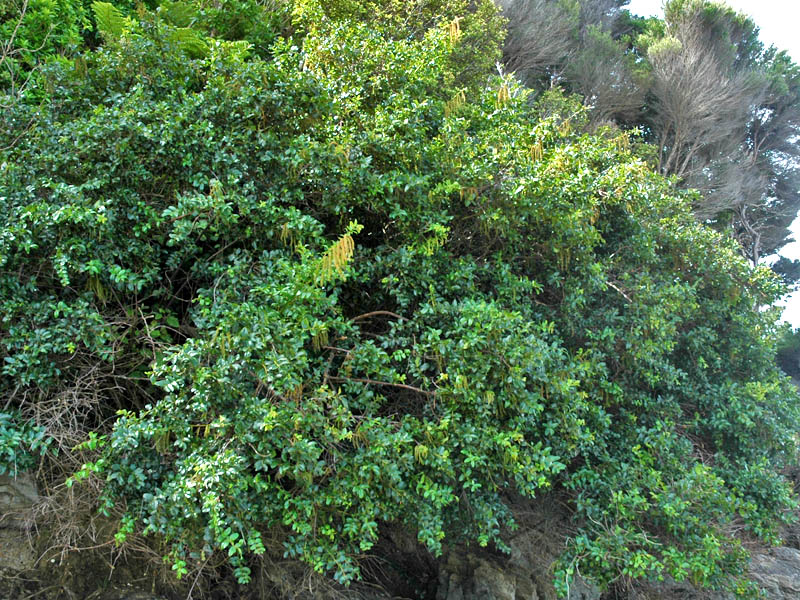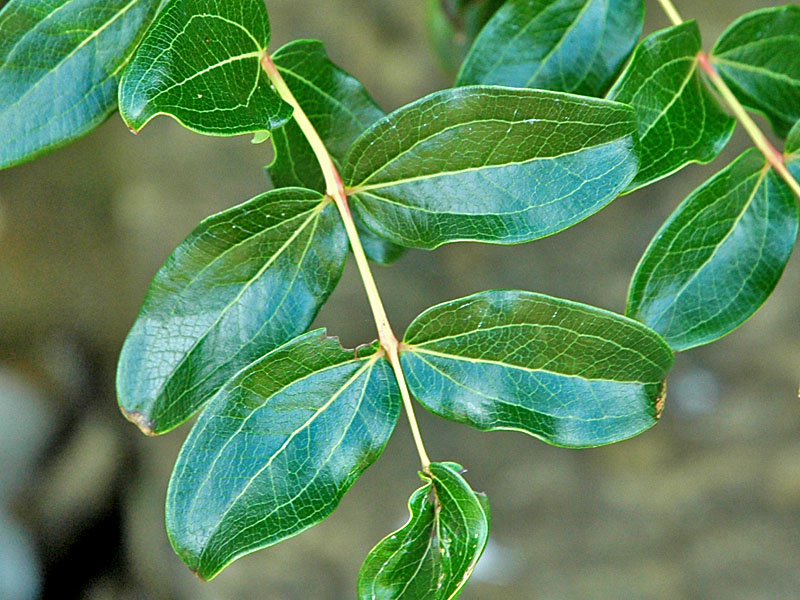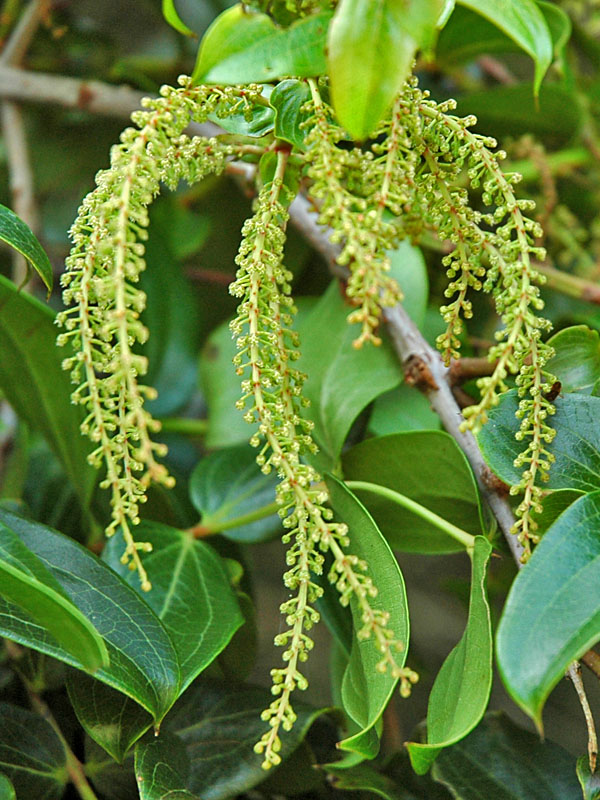| General Description | Sub canopy, tropical, softwood shrub or small tree. Leaves are glossy green with no autumn colour. Flowers are drooping racemes and creamy pink in colour. Fruit is glossy dark purple. |
| ID Characteristic | Tutu has pinnate leaves on long arching branches and long drooping racemes with glossy dark purple to black fruit. |
| Shape | Varies from a shrub to small tree with an arching growth habit. |
| Landscape | Found in river floodplains, volcanic detritus and glacial moraines. |
| Propagation | It can germinate within a week in warm, moist and well lit conditions if shed in summer. It's slower to germinate in deeper soil and dark conditions. |
| Cultivation | Grows naturally in full sun to partial shade. |
| Pests | Pseudocoremia suavis (Common Forest Looper) and Pyrgotis plagiatana (Leafroller) cause minimal damage feeding on leaves and stems. |
| Notable Specimens | The first specimen was collected in 1769 by Joseph Banks and Daniel Solander. It can be seen at the TePapa Museum of New Zealand. |
| Habitat | Tutu tolerates a wide range of conditions, from infertile dry to moist sites. It can be found in river floodplains, volcanic detritus, and glacial moraines from frostless coastal climates to inland where light frost occurs. |
| Bark/Stem Description | The stems are slender and the bark is not obvious. It's brown in colour with pithy stems. |
| Leaf Description | The leaf is acute and ovate, glossy green and elliptical. It is dull on the underside. They are approximately 5 cm long and lacking a leaf stalk. There is no autumn colour. |
| Flower Description | The flowers are creamy pink in colour and are present in spring and summer. They are located along the stems in axillary racemes. Flowers are in drooping spikes (racemes) from 15-30 mm long. There are 5 fleshy glossy dark purple-black petals that surround the ring of carpals around a narrow columnar receptacle. |
| Fruit Description | There is 155 fruit per raceme, 4.5 mm in diameter. They are glossy, dark purple to black in colour. The achenes are flattened,1.3 mm in length and .87 mm in width with 5 per fruit. Fruit is present in summer and autumn. |
| Texture Description | The texture is medium all year. |


